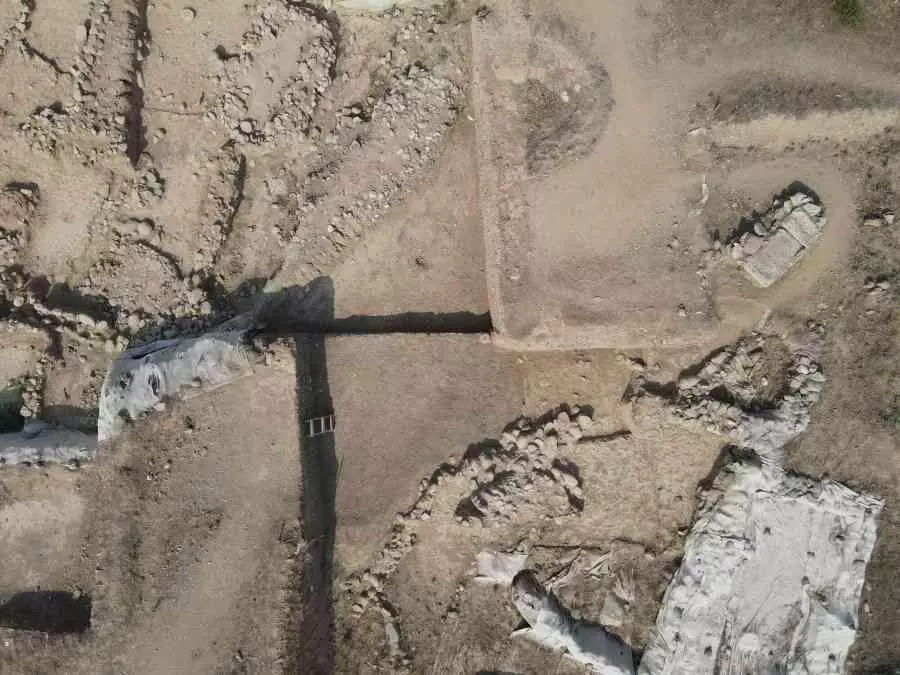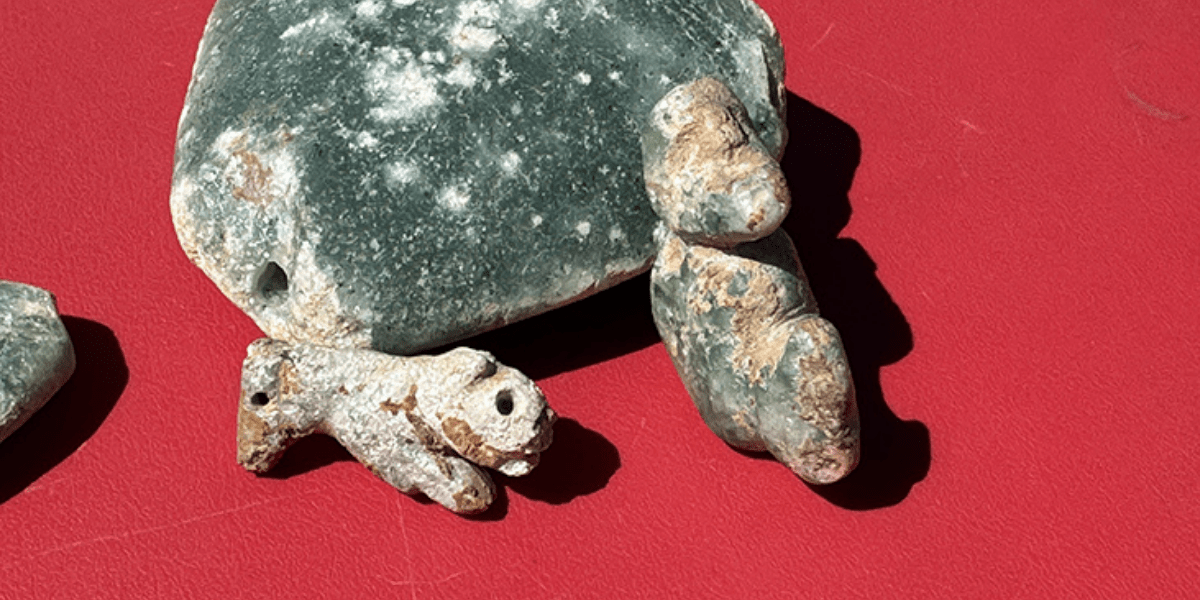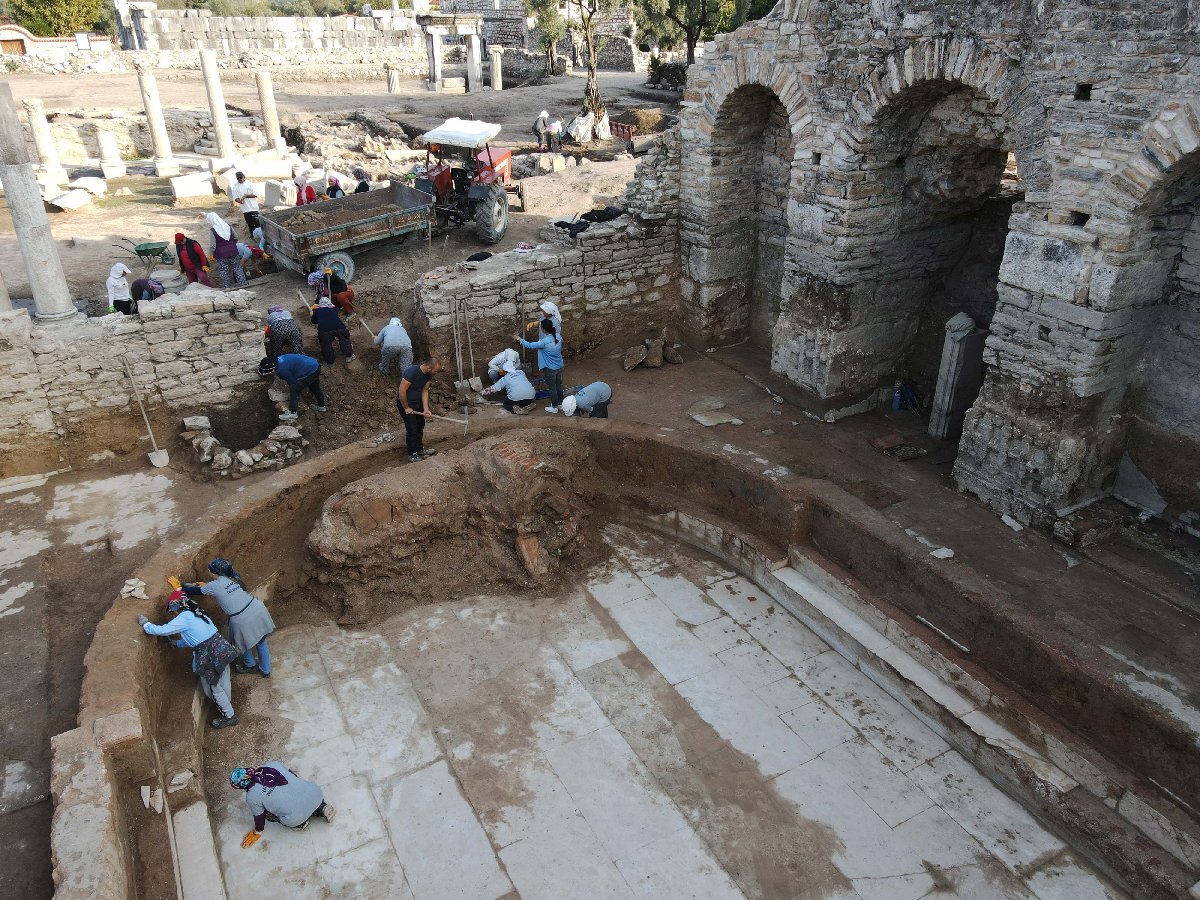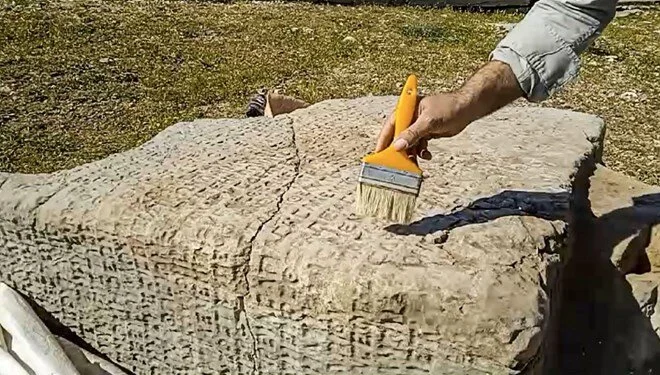The head of the statue of Septimius Severus, which was illegally taken from the Boubon Ancient City 60 years ago, is being returned to Türkiye by the NY Carlsberg Glyptotek Museum in Denmark.
As a result of the intensive diplomatic and scientific efforts of the Ministry of Culture and Tourism, the artifact that has been returned to Türkiye was sold to the Glyptotek Museum in Denmark by art dealer Robert Hecht Jr. in 1970 and was combined with its body, which was in the museum, in 1979.
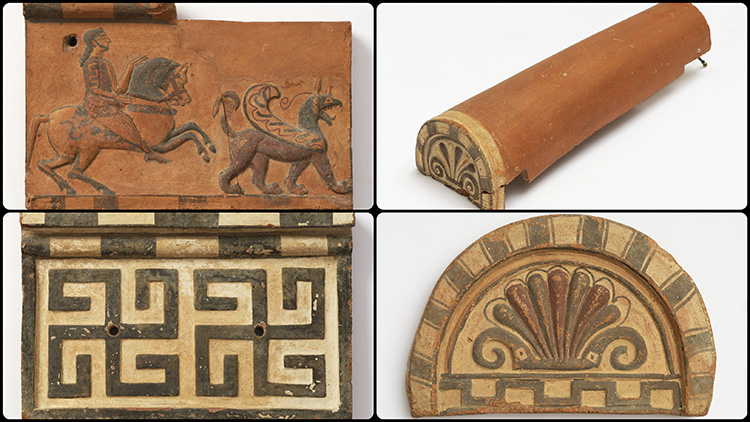
The head of the statue is considered one of the rare works that reflect the importance of detail in Roman art and the symbols of leadership of the era.
The return process of the head of the statue of Septimius Severus concluded with the ethical decision of the Glyptotek Museum, based on the documents and scientific evidence provided by the Turkish Embassy in Copenhagen and the Ministry of Culture and Tourism.
Museum Director Gertrud Hvidberg-Hansen stated, ‘The return of this artifact, obtained through illegal excavations, to the land it belongs to is an important step in terms of museum principles and ethical values.’
In addition to the statue head, it was also decided to return terracotta tablets belonging to the Pisidia Region.
The Ministry’s statement indicated that the artifact will be exhibited in Türkiye shortly.
Rome’s Soldier Emperor Septimius Severus
Septimius Severus (145-211), who is remembered as a powerful leader of the Roman Empire, became an important figure due to his military skills, administrative abilities, and efforts to expand the empire’s borders. Additionally, as the founder of the Severan Dynasty, he had a significant impact on the history of the Roman Empire.
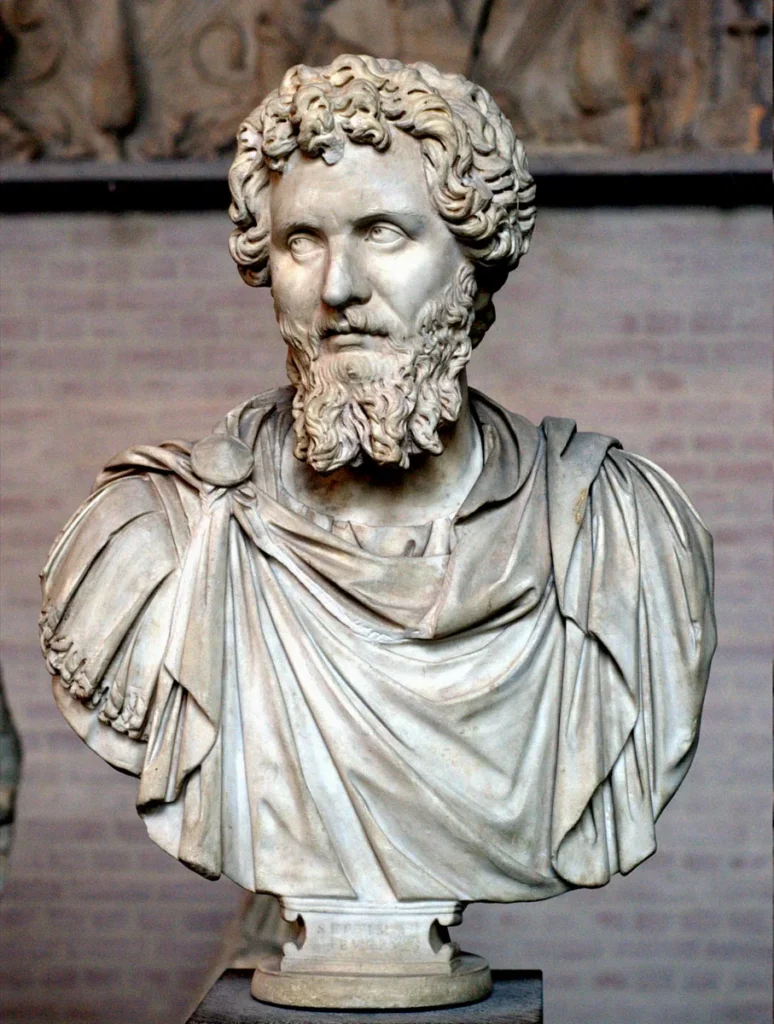
He came to power in 193 AD as a result of a civil war within the Roman Empire. To protect the empire from external threats, he focused on the border regions and conducted military campaigns, particularly in Britain and Parthia.
He also fought against the internal issues of the empire, implemented economic reforms, and introduced legal regulations.


